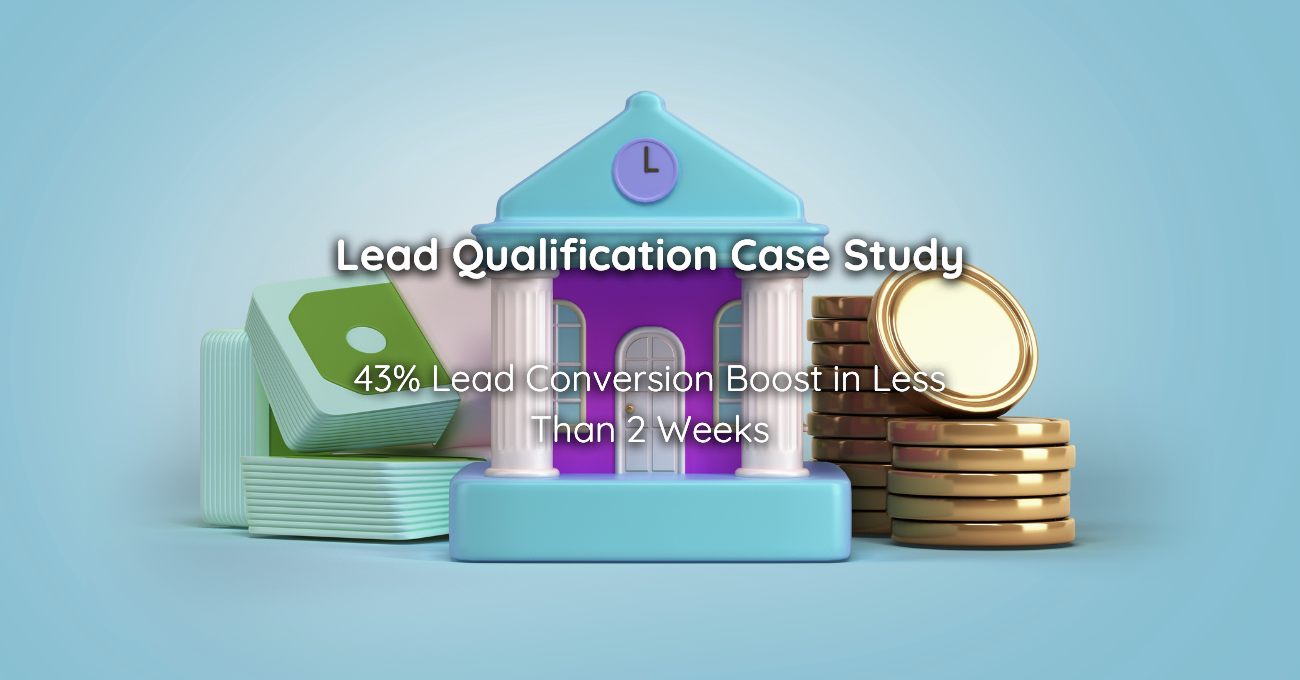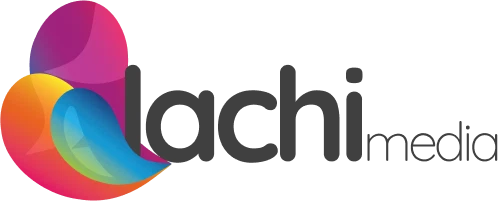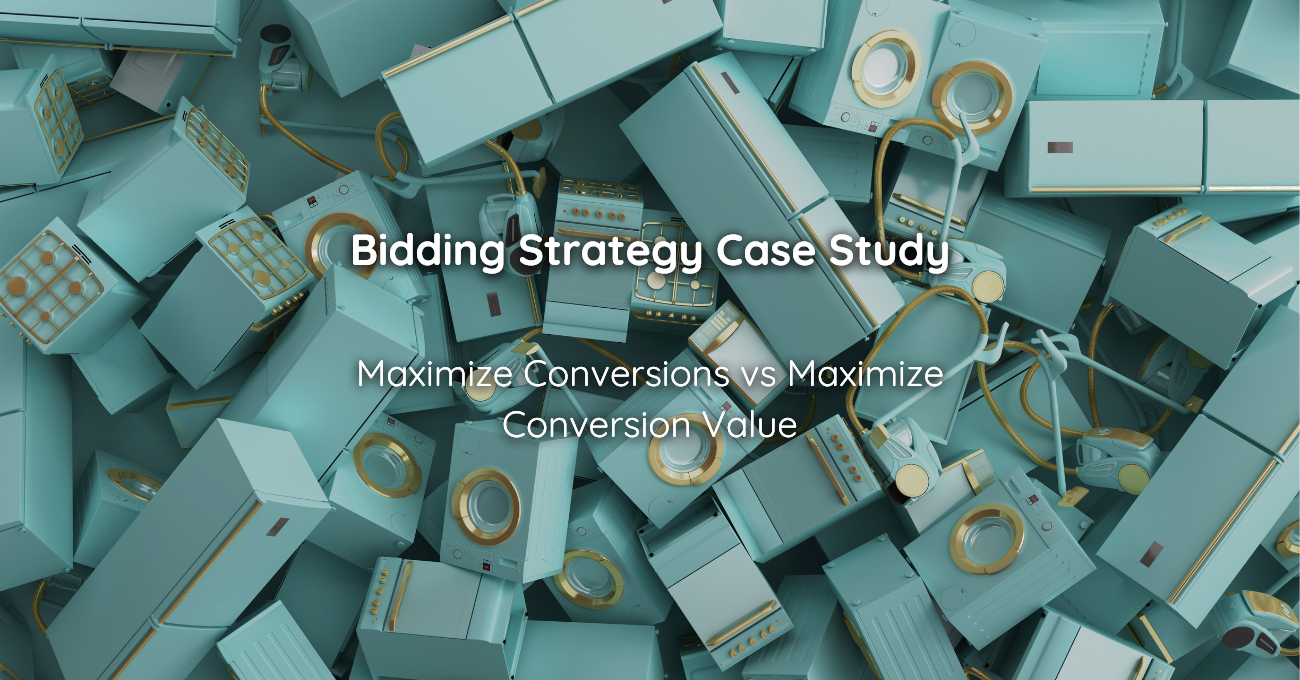Lead Qualification Case Study: 43% Lead Conversion Boost in Less Than 2 Weeks

In today’s case study, I’ll show you the process after which an established financial services company was able to close 43% more sales from the exact same leads, effectively reducing their cost of acquiring a new client from $730 to $500.
About the Client
The client is an established regulated financial services provider that operates in the UK, Canada, Australia, Spain, and Cyprus.
They have a separate regulation in each location, and each has its own requirements. The UK’s FCA is different than Cyprus’ CySec, and although Australia’s ASIC is pretty similar to Canada’s CIRO, there are subtleties that sometimes require different approaches.
Day One
Their advertising budget was about 1.2 million pounds before we started the process, it brought roughly 1,000 leads per day that converted into paying clients at around 5.5%, making their CAC (cost of acquiring a new client) around $730.
What Affects CAC
The cost of acquiring a new client is affected by many factors. In fact, it’s affected by everything. If we look at the user journey from seeing an ad all the way to becoming a paid customer, we see three steps:
- Click on an ad
- Filling out the form on the landing page
- Becoming a paid client after getting the call from the call center
Every step had the same effect on the CAC, so lowering the CPC by 5% and Improving the conversion rate between click to lead by 5% will lower the CAC by the same amount.
The Plan
Even though we’re a marketing agency, we knew that lowering the cost per lead could only take us so far.
By looking at the numbers, it was very clear that the biggest pain point was the sales team's ability to convert the leads. At this point, we have already audited the account and know the leads are relevant.
We decided to pass a few parameters in the URL, indicating exactly what the users searched for before they converted, which ad, and which landing page they converted from.
All of these appeared in the CRM and were available to the rep when they called the lead. This gave the reps a lot of information that allowed them to adjust their pitch to match the users' expectations.
Searching For Low Hanging Fruits
We asked for transcripts of calls that converted and calls that didn’t. We found that we could identify pretty early in the conversation whether a client was going to convert.
As it turns out, relatively early in the sales representative’s pitch, they give a very detailed example that only makes sense if a client searches for a certain theme of keywords. So, just by letting them know whether this user belongs to this group or not allowed them to create separate sales pitches designed for different types of common users.
Results
Over the next couple of days, the sales team increased their conversion rate day by day until, after roughly two weeks, they reached a consistent new conversion rate of 7.8%, an improvement of 43%.
The new conversion rate lowered the CAC from $730 to a little over $500 and gave us an opportunity to bid more aggressively to scale up the account while keeping the CAC lower than it was before.
The Aftermath
Of course, this process didn’t mark the end of our work with the company, but it was the most impactful one. After the results settled, we did the math and decided to sacrifice some of the 43% profitability and reinvest it in scaling the account further.
After some experimentation, we settled on aiming for a CAC of $600 and a monthly spend of a little under $1.7 million.
This gets the client a little more than 2800 paying clients monthly instead of about 1650, while increasing the profitability by almost 20%.




